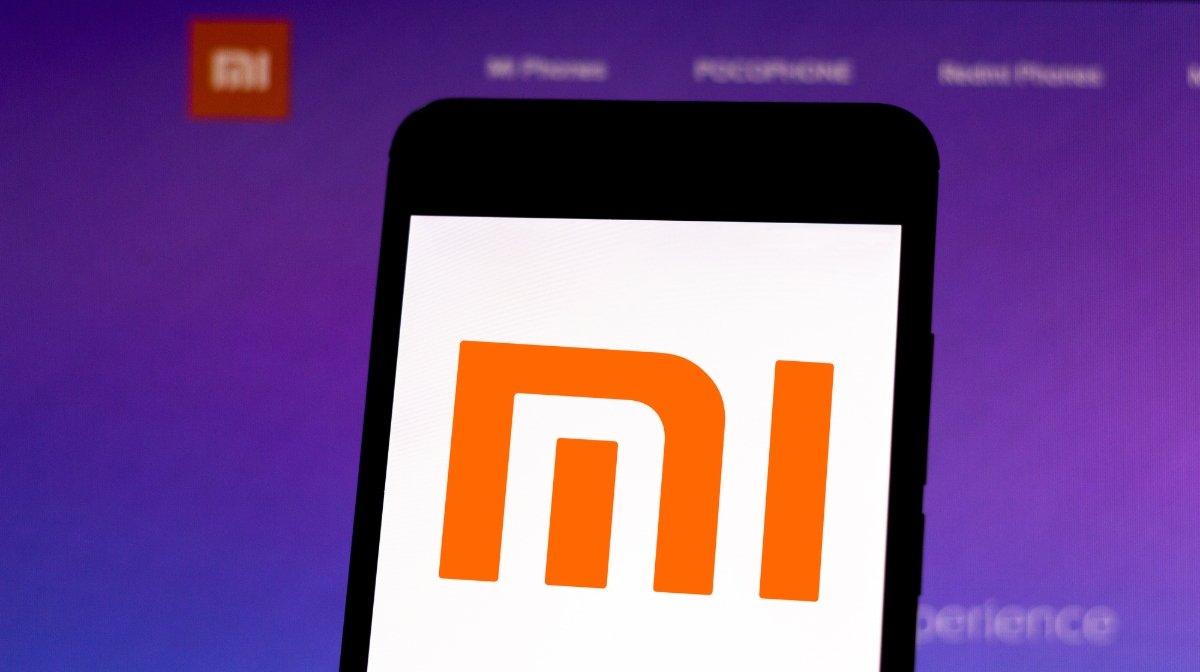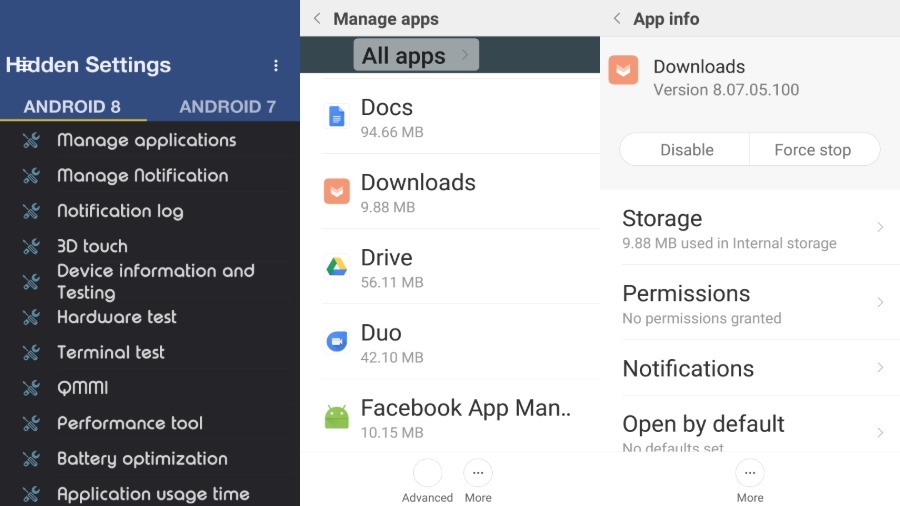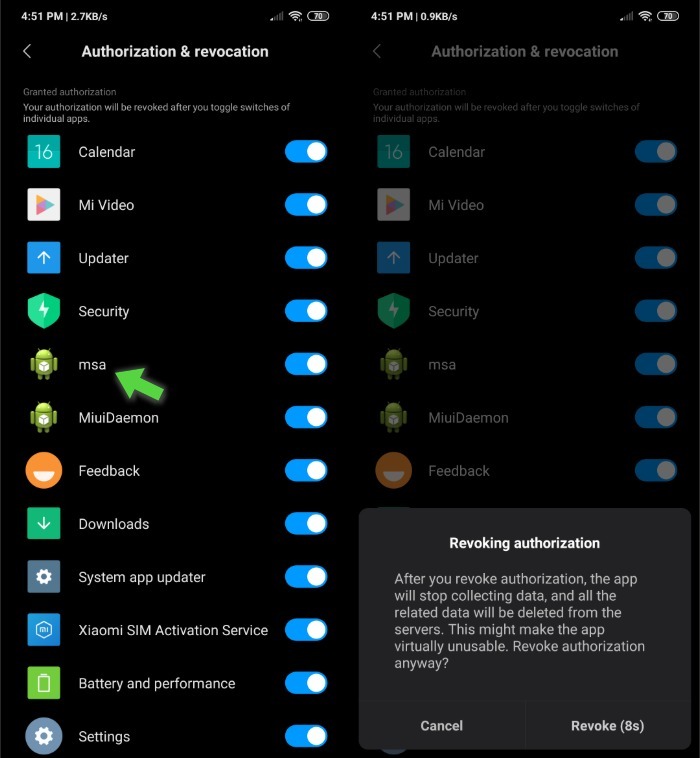
Xiaomi is rapidly taking over the smartphone world with its budget devices. Dominating the Indian and Chinese markets, the company manages to deliver low-priced smartphones coupled with specs of a flagship device.
To achieve such low prices, Xiaomi does a lot of cost cutting and tries to make profit in other areas such as targeting advertising (the absurd ads in the MIUI apps), pushing users to use the pre-installed MIUI apps (Bloatware), and more.
If you are someone who is annoyed by the bloatware on Mi devices, here’s how to remove bloatware from MIUI devices.
What is Bloatware on Xiaomi Devices?
The term Bloatware is used for smartphone apps that are developed by the manufacturers such as Samsung, Xiaomi, HTC, etc and cannot be uninstalled through standard means.
Unless you root the device, which is a tedious task in itself, you cannot uninstall or disable the bloatware. Here, I have compiled a few methods through which you can finally get rid of MIUI apps that feed off your RAM without going through the rooting process.
How to Uninstall/Disable MIUI Apps in Xiaomi Devices Without Rooting?
1. MIUI Hidden Settings
The Hidden Settings for MIUI app makes it easy for developers to perform formerly complex tasks in a few taps. For instance, you can access the Notification log, which was challenging to get into before.
The app has tabs for different Android versions including Android 7, Android 8, and Android 9. You can opt for any one of the Android versions, depending upon the MIUI version installed on your Xiaomi device. With the help of MIUI hidden features, you can get rid of some (not all) pre-installed apps (You can also uninstall the Google apps).
How to remove Xiaomi bloatware using MIUI Hidden Settings?

- Open the MIUI Hidden Settings app.
- Choose the Android version.
- Tap on the Manage Applications.
- Scroll over and tap on whichever app you want to remove from your device.

- Tap on the “Disable” or “Uninstall” option.
- Then tap on the “Disable app” button in the pop-up.
This way you can uninstall several Mi apps, something that was previously impossible to do.
2. ADB and Fastboot
Removing bloatware using ADB and Fastboot is a universal method and works pretty much with every Android powered device.
The catch is that it’s a bit technical. To pull it off, you either need to follow the steps accurately or know beforehand about ADB and Fastboot. I’d recommend you to try to follow the first option.
To uninstall the MIUI apps from your Xiaomi device or bloatware from any Android device, here’s what you need to do —
How to remove MIUI bloatware using ADB and Fastboot?
Perquisites —
— ADB and Fastboot installed on your PC (how-to)
— USB debugging turned on (how-to)
— App Inspecter app (link)
- Connect your Xiaomi device to the PC using the USB cable
- Open the Command prompt and type in: “adb devices” to check if the device is connected
- Enter the command: “adb shell”
- Find the package name of the system app using the App Inspector
- Enter the following command: “pm uninstall –k —user <name of the package>”
Through this method, you can easily remove bloatware from your MIUI device without root. You can use this method to remove Get apps from your Xiaomi device.
If you encounter any bugs or system crashes, you can just reset the phone, and the Xiaomi device will go back to normal.
Disable MIUI Ads on your Xioami device
Not just the bloatware, can also get rid of some of the ads that show across the MIUI software. Go to Settings > Aditional Settings > Authorization & Revocation.
Here, you need to revoke the authorization for MIUI System Ads (msa) that collects data for advertising. So, tap the toggle button next to msa and tap on Revoke on the pop-up that shows up.
Is it safe to remove Xiaomi Bloatware?
Well, that depends! First, Xiaomi itself recommends not to follow such practices, so going by that, it’s not safe at all. But then again, they are the main culprit, so let’s skip their warning for now.
Other than that, Xiaomi bloatware removal can also be achieved by rooting the phone. Now, this is, in fact, a tricky method unless you know your stuff. Failed rooting procedure can brick your phone.
It’s also the case that many users consider anything non-Google as bloatware, irrespective of the fact that those apps are good or bad. Sometimes, these apps offer a better experience than Google apps.
Finally, let’s talk about the above-mentioned methods. So far, I haven’t received any reports of issues occurring on the device, so if your device happens to come across a bug after performing these methods, do mention them in the comments below.
The post How To Remove Bloatware From Your Xiaomi Device (No Root Required)? appeared first on Fossbytes.
